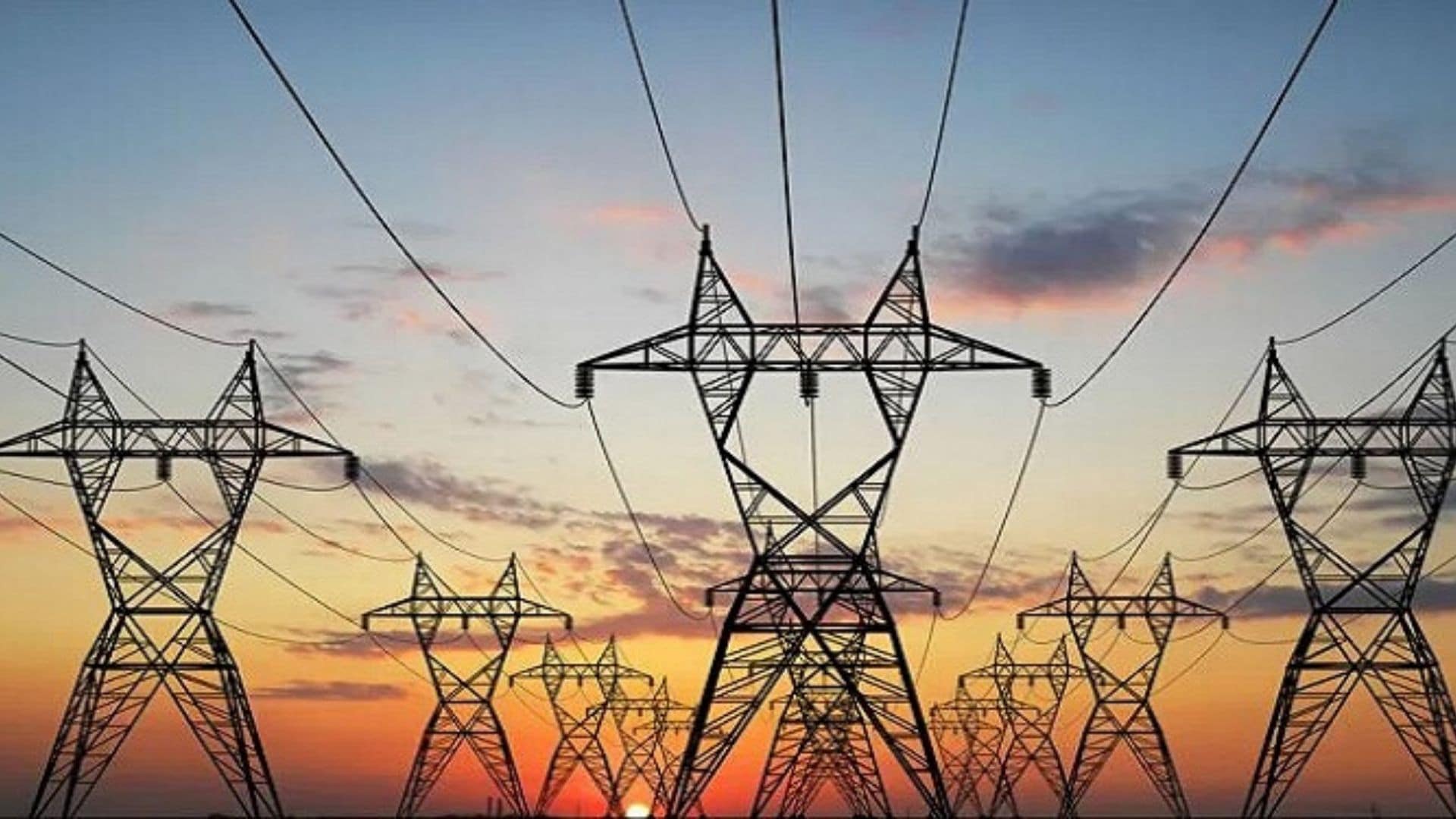Power Ministry’s 100-day plan prioritizes transmission lines, hydro policy. Analysis of investor and industry impact.
Source and citation: Samant, Shilpa. “Scaling Up Transmission, Hydro Policy in PowerMin’s 100-Day Plan.” The Economic Times, 17 Apr. 2024.
TLDR:
- Power Ministry to focus on transmission lines, hydro policy, viability gap funding for battery storage
- Transmission plan for 500 GW renewable energy integration by 2030 being implemented
- Pumped hydro storage projects to get support through concessional climate finance
- Tender for 500-1,000 MWh battery energy storage system projects planned
- Emphasis on cost-reflective tariff and cost recovery in power distribution sector

Analysis for a layman:
The Power Ministry of India has outlined its priorities for the first 100 days of the new government, focusing on strengthening the country’s power infrastructure and promoting clean energy. Key initiatives include augmenting transmission lines to evacuate the increasing power generated, finalizing the hydro policy to support hydroelectric projects, and providing viability gap funding (financial support) for battery storage systems.
The ministry also plans to boost pumped hydro storage projects (PSPs), which store energy by pumping water to a higher elevation during off-peak hours and releasing it to generate electricity during peak demand. These projects may receive support through concessional climate finance, such as sovereign green bonds issued by the government.
Impact on Retail Investors:
- Investors should monitor companies involved in power transmission, hydroelectric projects, and battery storage
- Positive sentiment towards clean energy and green infrastructure may attract more investment in related sectors
- Successful implementation of the Power Ministry’s plans could lead to long-term growth in the power sector
- Investors should keep an eye on the financial health of power distribution companies and their ability to recover costs
Impact on Industries:
- Power transmission companies may benefit from increased investments in transmission lines and infrastructure
- Hydroelectric power companies could see growth opportunities with the finalization of the hydro policy
- Battery storage and pumped hydro storage industries may receive a boost from viability gap funding and support
- Renewable energy sector may benefit from improved transmission infrastructure to evacuate and distribute power
- Power distribution companies may face pressure to implement cost-reflective tariffs and improve cost recovery
Long Term Benefits & Negatives:
Benefits:
- Strengthened power transmission infrastructure to support the integration of renewable energy
- Increased adoption of clean energy sources like hydroelectric power and pumped hydro storage
- Improved energy storage capabilities through battery storage systems and PSPs
- Potential reduction in greenhouse gas emissions and progress towards India’s climate goals
Negatives:
- High initial costs associated with infrastructure development and technology implementation
- Possible delays or challenges in the execution of the Power Ministry’s plans
- Resistance from stakeholders affected by changes in tariff structures and cost recovery measures
Short Term Benefits & Negatives:
Benefits:
- Increased investment and economic activity in the power sector and related industries
- Job creation in the construction, manufacturing, and installation of power infrastructure
- Positive sentiment and investor confidence in the power sector due to government initiatives
Negatives:
- Possible short-term disruptions in power supply during infrastructure upgrades and modifications
- Uncertainty regarding the timeline and effectiveness of policy implementation
- Potential impact on the financial performance of power distribution companies during the transition period
Companies Potentially Affected by Power Ministry’s 100-Day Plan
Indian Companies Likely to Gain:
- Power Grid Corporation of India (Power Grid): As the government focuses on augmenting transmission lines, Power Grid, the state-owned transmission major, is likely to benefit from new project sanctions and contract awards. This could lead to increased revenue and order book size.
- Renewable Energy Companies: The focus on integrating 500 GW of renewable energy by 2030 will require strengthening the transmission network. This is positive for renewable energy companies as it facilitates grid connectivity for their projects.
- Hydropower Companies (e.g., NHPC Ltd.): The finalization of the hydro policy and potential support for pumped storage projects could benefit hydropower companies. This could lead to increased investment and project opportunities in the sector.
- Battery Storage System Providers: The government’s plan to issue tenders for viability gap funding for battery storage systems could create opportunities for domestic and global companies in this segment.
Uncertain Impact:
- Power Distribution Companies (DISCOMs): The government’s focus on achieving cost-reflective tariffs could put pressure on DISCOMs to improve their operational efficiency and reduce costs. The impact on individual companies will depend on their financial health and ability to adapt.
Global Companies Likely to Gain:
- Global Companies in Power Transmission Equipment: Increased investment in transmission lines could benefit global manufacturers of transformers, conductors, and other related equipment.
- Global Battery Storage System Providers: As mentioned above, global companies in this area could benefit from tenders for battery storage projects.
Overall Market Sentiment:
The news could be positive for the Indian power sector, particularly companies involved in transmission, renewable energy, and hydro power. It could also benefit global companies in these sectors. The impact on DISCOMs is uncertain and depends on their ability to adapt to potential tariff reforms.
Important Note: This analysis is based on the information provided in the news article and general industry trends. Investors should conduct their own research before making any investment decisions.